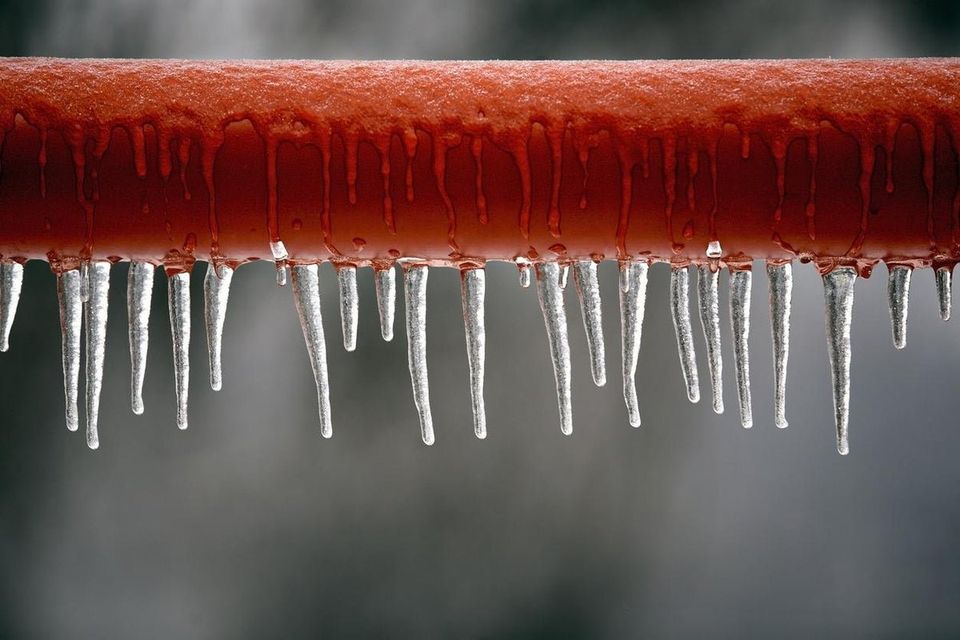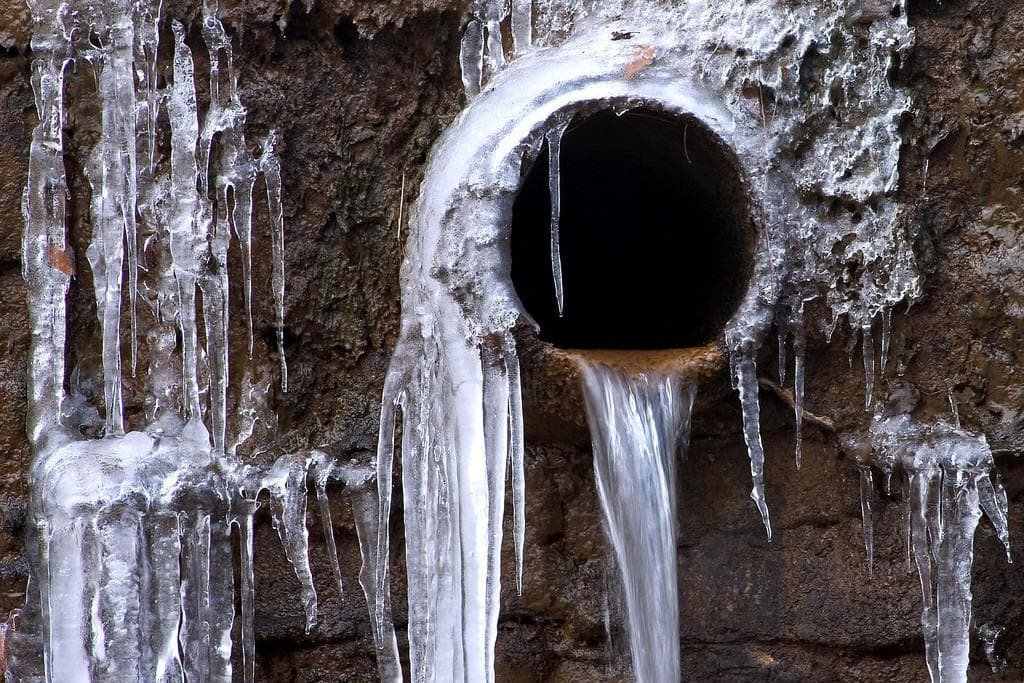Preventing Frozen Plumbing in Winter: Critical Advice
Preventing Frozen Plumbing in Winter: Critical Advice
Blog Article
Each person has got their own assumption with regards to Preventing and dealing with frozen pipes.

Cold weather can ruin your pipes, specifically by freezing pipelines. Right here's exactly how to prevent it from happening and what to do if it does.
Intro
As temperature levels decrease, the risk of frozen pipelines boosts, potentially leading to pricey repair services and water damage. Recognizing exactly how to prevent frozen pipelines is vital for property owners in cold environments.
Understanding Icy Pipes
What creates pipes to ice up?
Pipes freeze when subjected to temperature levels below 32 ° F (0 ° C) for expanded periods. As water inside the pipelines ices up, it expands, putting pressure on the pipeline wall surfaces and potentially triggering them to rupture.
Dangers and damages
Frozen pipelines can lead to water supply disturbances, property damage, and pricey repair work. Burst pipes can flooding homes and create comprehensive structural damages.
Indicators of Frozen Water Lines
Determining icy pipelines early can avoid them from rupturing.
How to recognize frozen pipelines
Try to find decreased water circulation from faucets, unusual smells or noises from pipelines, and noticeable frost on subjected pipelines.
Prevention Tips
Shielding susceptible pipes
Cover pipelines in insulation sleeves or utilize warmth tape to protect them from freezing temperature levels. Concentrate on pipes in unheated or outside areas of the home.
Heating techniques
Keep interior rooms adequately warmed, particularly locations with pipes. Open closet doors to allow cozy air to distribute around pipelines under sinks.
Safeguarding Exterior Plumbing
Yard hose pipes and exterior faucets
Separate and drain yard hoses prior to winter. Set up frost-proof spigots or cover outdoor faucets with insulated caps.
What to Do If Your Pipes Freeze
Immediate activities to take
If you believe frozen pipelines, maintain faucets open up to relieve stress as the ice thaws. Utilize a hairdryer or towels soaked in warm water to thaw pipes slowly.
Long-Term Solutions
Architectural modifications
Think about rerouting pipelines away from outside walls or unheated locations. Add added insulation to attics, cellars, and crawl spaces.
Upgrading insulation
Purchase premium insulation for pipelines, attics, and wall surfaces. Correct insulation assists keep constant temperature levels and decreases the threat of frozen pipes.
Final thought
Preventing frozen pipes needs aggressive steps and fast feedbacks. By understanding the causes, signs, and preventive measures, house owners can secure their pipes throughout winter.
6 Proven Ways to Prevent Frozen Pipes and Protect Your Home
Disconnect and Drain Garden Hoses
Before winter arrives, start by disconnecting your garden hoses and draining any remaining water. Close the shut-off valves that supply outdoor hose bibs and leave the outdoor faucet open to allow any residual water to drain. For extra protection, consider using faucet covers throughout the colder months. It’s also important to drain water from any sprinkler supply lines following the manufacturer’s directions.
Insulate Exposed Pipes
Insulating your pipes is an effective way to prevent freezing. Pipe insulation is readily available at home improvement stores and is relatively inexpensive. Pay close attention to pipes in unheated areas such as the attic, basement, crawl spaces, or garage. Apply foam insulation generously to create a buffer against the cold. You can also wrap your pipes in heat tape or thermostat-controlled heat cables for added warmth.
Seal Air Leaks
Inspect your home for any cracks or openings that could let in cold air. Seal any holes around the piping in interior or exterior walls, as well as the sill plates where your home rests on its foundation. Additionally, make sure to keep your garage door closed unless you’re entering or exiting. Leaving it open creates a significant air leak that can lead to frozen pipes.
Allow Warm Air Circulation
During cold snaps, it’s essential to allow warm air to circulate evenly throughout your home. Leave interior doors ajar to promote better airflow. Open kitchen and bathroom cabinets to help distribute heat consistently around the rooms. If you have small children or pets, be sure to remove any household chemicals or potentially harmful cleaners from open cabinets for safety.
Let Faucets Drip
A small trickle of water can make a big difference in preventing ice formation inside your pipes. When temperatures drop significantly, start a drip of water from all faucets served by exposed pipes. This continuous flow helps prevent the water from freezing. Additionally, running a few faucets slightly can relieve pressure inside the pipes, reducing the chances of a rupture if the water inside does freeze.
https://choateshvac.com/6-proven-ways-to-prevent-frozen-pipes-and-protect-your-home/

As an avid person who reads on How to Prevent Your Pipes From Freezing, I assumed sharing that piece was beneficial. Are you aware of somebody else who is interested in Helpful Tips to Prevent Frozen Pipes this Winter? Why not promote it. I thank you for reading our article about Prevent Frozen Pipes .
Book Instantly Report this page